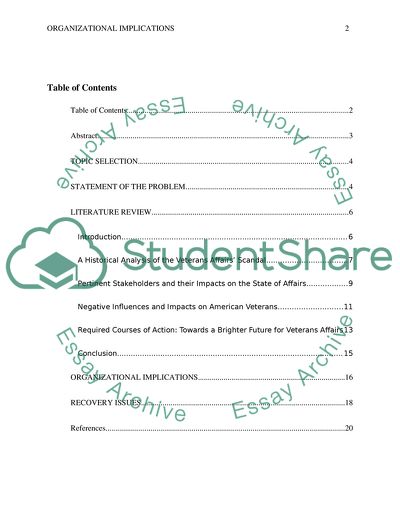Cite this document
(A Secret Death Waiting List Research Paper Example | Topics and Well Written Essays - 4000 words, n.d.)
A Secret Death Waiting List Research Paper Example | Topics and Well Written Essays - 4000 words. https://studentshare.org/sociology/1845444-the-reward-for-serving-the-country-was-a-secret-death-waiting-list
A Secret Death Waiting List Research Paper Example | Topics and Well Written Essays - 4000 words. https://studentshare.org/sociology/1845444-the-reward-for-serving-the-country-was-a-secret-death-waiting-list
(A Secret Death Waiting List Research Paper Example | Topics and Well Written Essays - 4000 Words)
A Secret Death Waiting List Research Paper Example | Topics and Well Written Essays - 4000 Words. https://studentshare.org/sociology/1845444-the-reward-for-serving-the-country-was-a-secret-death-waiting-list.
A Secret Death Waiting List Research Paper Example | Topics and Well Written Essays - 4000 Words. https://studentshare.org/sociology/1845444-the-reward-for-serving-the-country-was-a-secret-death-waiting-list.
“A Secret Death Waiting List Research Paper Example | Topics and Well Written Essays - 4000 Words”. https://studentshare.org/sociology/1845444-the-reward-for-serving-the-country-was-a-secret-death-waiting-list.


